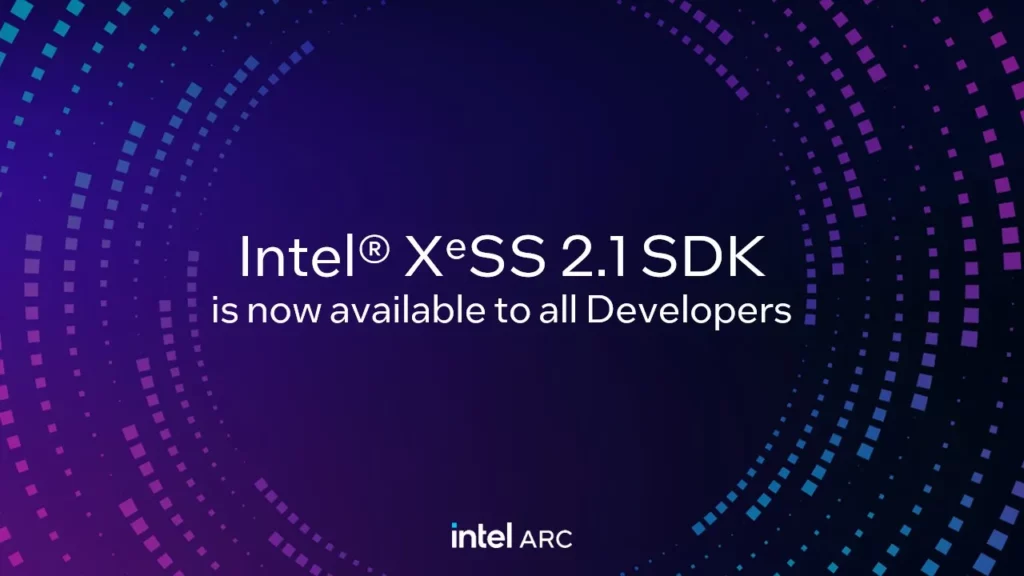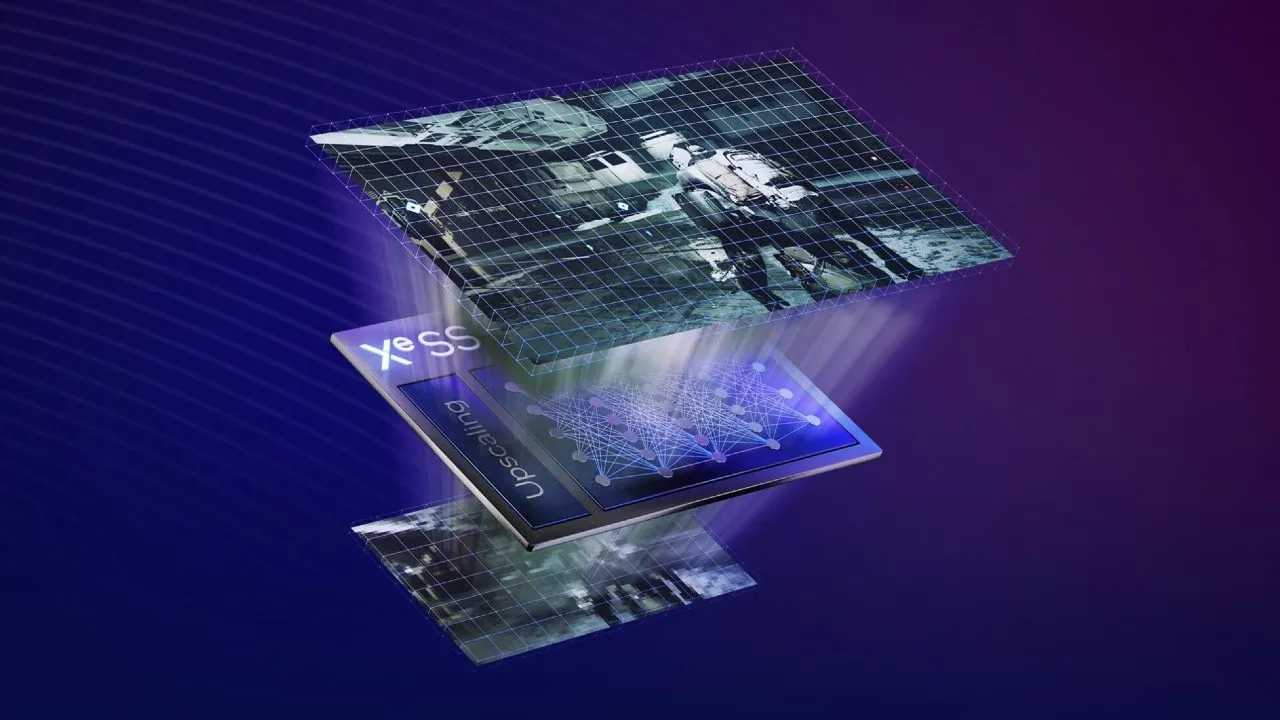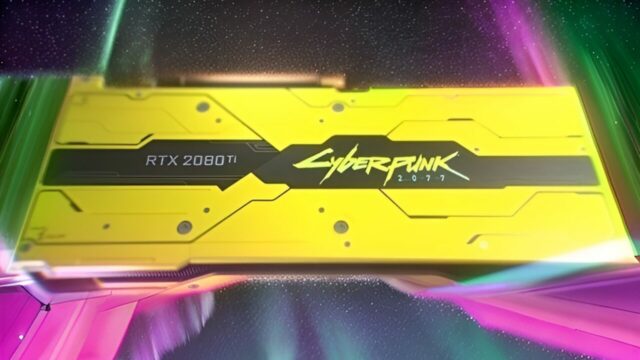Intel XeSS2 has taken a big leap forward. The latest update makes the upscaling tech compatible with AMD and NVIDIA graphics cards, breaking out of its Intel‑only sandbox. For gamers, that means more choice in how they boost frame rates without giving up visual fidelity.
Intel XeSS2 widens its reach

Until now, Intel XeSS2 was mostly tied to Arc GPUs. With this expansion, players using AMD Radeon and NVIDIA GeForce cards can also tap into the same AI‑driven upscaling. It’s a clear move to position XeSS2 alongside AMD’s FSR and NVIDIA’s DLSS, but without limiting support to one ecosystem.
How XeSS2 stacks against rivals
Gamers know the competition: DLSS offers sharp results with dedicated hardware, while FSR prides itself on wide support. Intel XeSS2 lands somewhere in the middle. It leverages AI to sharpen images, yet now enjoys broader compatibility. The update could make XeSS2 a more appealing option in games that integrate multiple upscalers.
Intel XeSS2 and developer adoption
The biggest question isn’t about hardware anymore it’s about games. Developers need to implement XeSS2 for players to use it. Intel says adoption is growing, and support for AMD and NVIDIA cards removes excuses for studios to skip it. If developers embrace it, XeSS2 could become a standard toggle right next to DLSS and FSR.
Why this matters for players
For gamers chasing smoother performance, this is a win. A wider reach means more players get access to sharper visuals without sacrificing frames. It also adds pressure on AMD and NVIDIA, who now face an upscaler that works across the aisle. Intel XeSS2 no longer lives in a walled garden it’s out in the wild.
A fight over the future of frames
Intel XeSS2 may have started as a niche tool, but with AMD and NVIDIA support, it could shift the upscaling race. Three names now crowd the same menu, each pushing its version of “better, faster, sharper.” That kind of competition rarely stays quiet for long.














